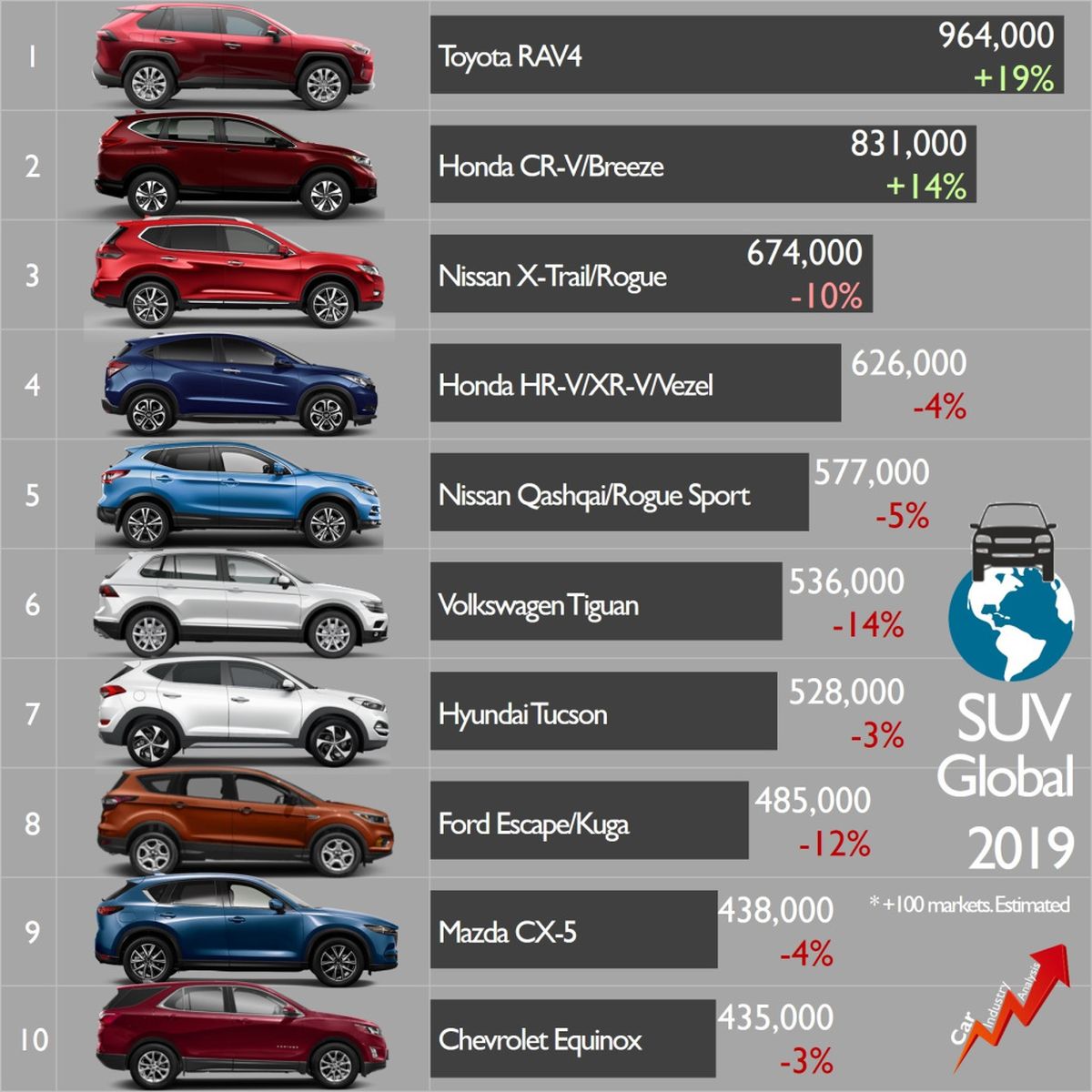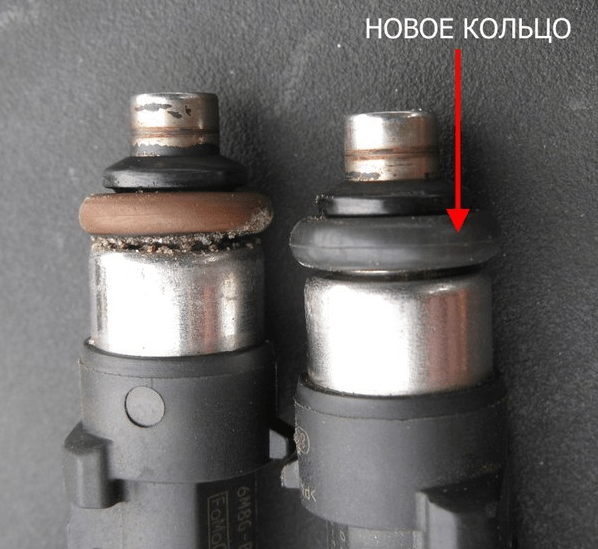
Top 10 Car Reviews in History
Content
- 1. Toyota sticking gas pedal
- 2. Failed Ford fuse
- 3. Malfunctions of Takata seat belt buckles
- 4. Ford cruise control switch works
- 5Smoking Ford Ignition Switches
- 6. Faulty Chevrolet Ignition Switches
- 7. GM Control Lever Failure
- 8. GM engine mount recall
- 9. Honda Takata airbag recall
- 10. Problems with Volkswagen windshield wipers
Most vehicle owners receive at least one recall notice for their vehicle during a typical three to five year ownership period. Even if you haven't experienced the condition described in the recall notice (most people will never experience this condition), it may make you a little worried about your car.
Take it easy, though, because most reviews are minor in nature. Many of these are as simple as checking a part to make sure the part number is correct, or quickly changing a switch, hose, sensor, or whatever to prevent premature failure.
The recall may affect a very small number of vehicles. In some cases, the recall may only affect a dozen vehicles around the world. On the other side of this coin, there are some recalls that have serious implications for millions of vehicles.
Over the past four or five decades, there have been some truly massive recalls that have cost automakers millions of dollars. Here are the ten biggest car recalls in history.
1. Toyota sticking gas pedal
Affecting more than nine million vehicles worldwide, Toyota models from 2004 to 2010 were affected, ranging from passenger cars to trucks and SUVs. It was a combination of floor mat issues and sticky accelerator pedal that led to multiple vehicle recalls totaling over $5 billion.
2. Failed Ford fuse
In 1980, more than 21 million vehicles were recalled with the potential to roll away. The safety latch in the shift lever may fail and the transmission may spontaneously shift from park to reverse. The recall cost Ford about $1.7 billion.
3. Malfunctions of Takata seat belt buckles
Seatbelts supplied by Takata for a decade were recalled after several buckle buttons were found to be cracked and jammed, preventing the seatbelt from being unfastened and pinching the occupant. 8.3 million vehicles from several domestic and foreign manufacturers were affected, resulting in an associated cost of about $1 billion.
4. Ford cruise control switch works
In 1996, Ford announced a mass recall of 14 million vehicles due to cruise control switches that could overheat and smoke or start a fire. Minor repairs cost as little as $20 per car, but brought the total cost to $280 million.
5Smoking Ford Ignition Switches
Just prior to the cruise control switch recall, this ignition switch recall was made due to ignition switches that, well, lit up. An overheated circuit could set fire to 8.7 million cars, trucks and SUVs, which would cost Ford $200 million to repair.
6. Faulty Chevrolet Ignition Switches
In 2014, General Motors launched one of its largest recall campaigns ever, replacing 5.87 million ignition switches across several of their models. Oldsmobile Alero, Chevrolet Grand Am, Malibu, Impala, Pontiac Grand Prix and many others are affected.
This recall was triggered by crashes that occurred when the ignition suddenly turned on by itself, deactivating the airbags and causing the driver to lose control of their car. Unfortunately, it appears that General Motors was aware of this trend ten years prior to the recall due to this condition.
7. GM Control Lever Failure
Back in 1981, several late 70s GM models were recalled due to [a rear arm that could separate] http://jalopnik.com/these-are-the-10-biggest-automotive-recalls-ever-1689270859 ). It is clear that it is bad if the rear suspension parts begin to loosen. If the control lever does loosen, it is likely that the driver will lose control of his car.
This recall covered GM vehicles over several years and affected a total of 5.82 million vehicles.
8. GM engine mount recall
Hardly anyone remembers this recall in its infancy, even though it affected 6.7 million vehicles. In 1971, General Motors issued this recall to address faulty engine mounts that could cause the vehicle to accelerate suddenly and cause an accident or loss of control.
The repair was simply to install a stopper to hold the engine in place, adding engine mounts to the structure.
9. Honda Takata airbag recall
One of the most famous recalls is the Takata airbag recall, mainly because the recall is ongoing and ongoing - and even expanding. If the driver's side airbag deploys on the affected vehicle, shrapnel from the airbag could be thrown into the driver's face. This recall affects 5.4 million vehicles.
It's a pretty gruesome memory, considering the aftermath of an airbag deployment. It is hard to see how this could have been overlooked or overlooked in laboratory testing.
10. Problems with Volkswagen windshield wipers
In 1972, Volkswagen recalled 3.7 million vehicles because one screw could come loose. However, it was not just a screw; it was something that could cause the wipers to stop working altogether. This posed a danger to drivers, especially in rainy and snowy weather, when the wipers had to be used constantly. These 3.7 million vehicles spanned a period of 20 years.
Volkswagen is currently involved in more recalls due to the diesel emissions scam software that has been built into many of their latest vehicles. A software cheat allows the car to detect when a smog test is taking place and then switch to a mode that emits up to 400 times the legal emission limits.
Keep in mind that most recalls are made by vehicle manufacturers as a preventive measure after a potential defect is discovered during testing. Most recalls, even those related to safety, are relatively minor and have not resulted in fatal consequences.
If you have been notified of your vehicle recall, contact your vehicle manufacturer to schedule a recall repair as soon as possible.

